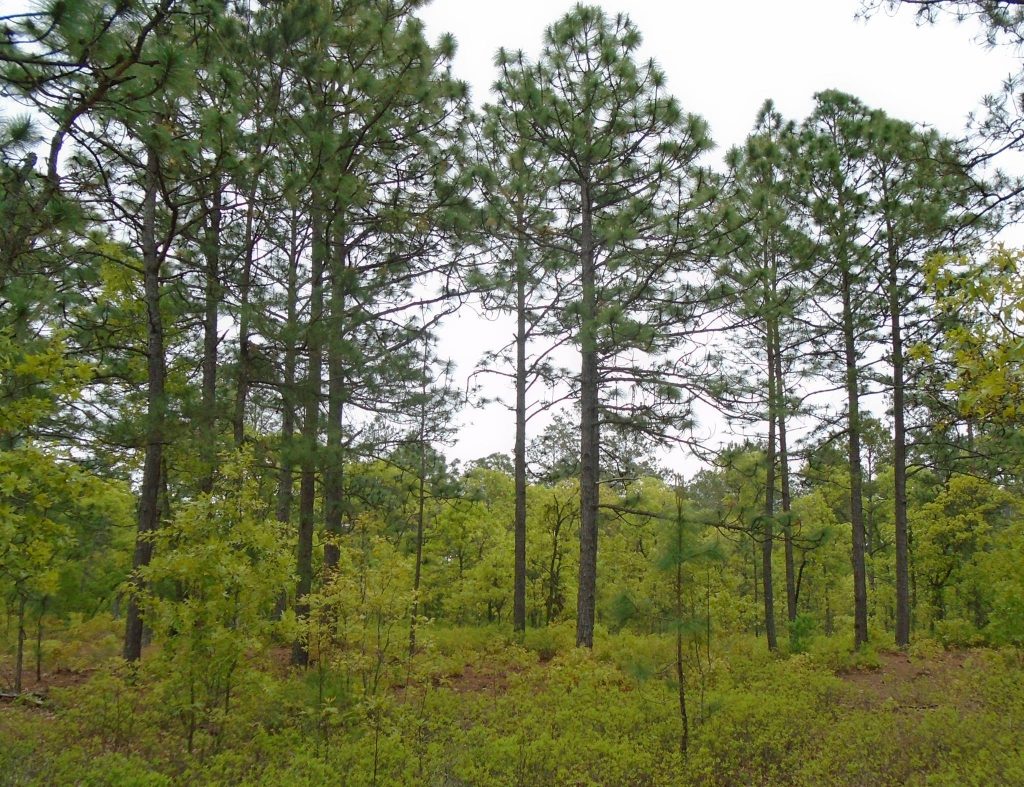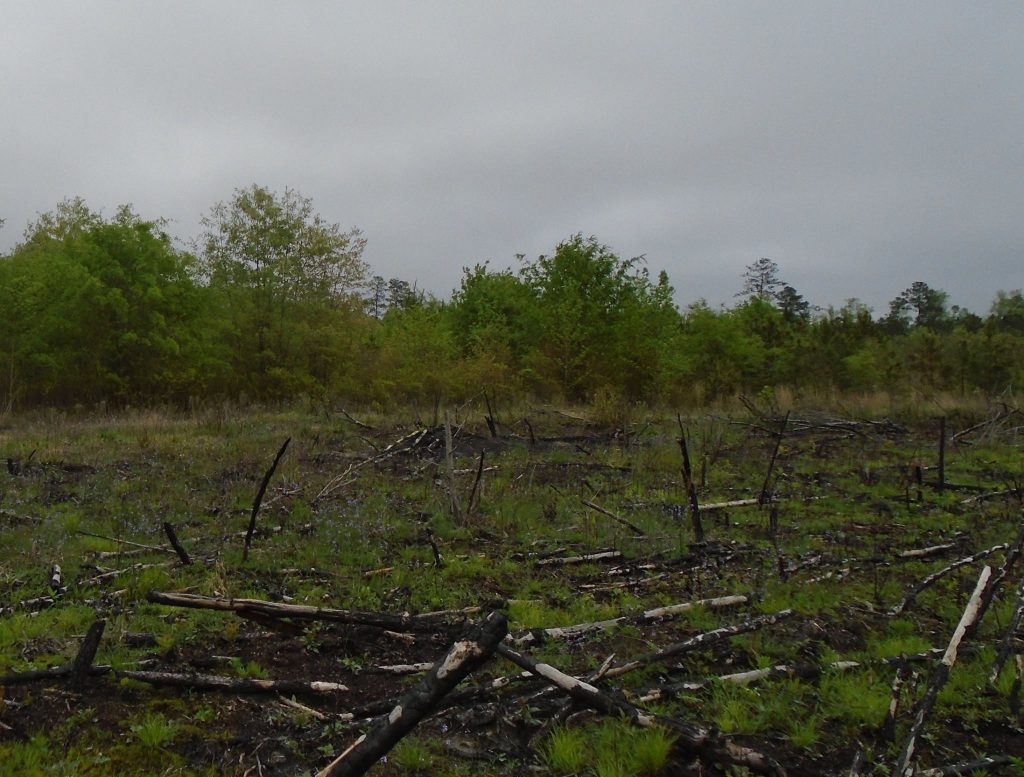I think most old people worry about losing their mental capacity. I know I do (BTW, I have long since given up on that physical capacity worry). I seem to have a good memory for things that happened decades ago, but worry that I am not learning new ones.
My forestry enterprise gives me hope. I take constant joy in just doing it, but there is more. I have learned a lot about forest ecology in the last years that I am sure I did not know before. In other words, my old brain has assimilated new knowledge and practice significantly different from what I was doing for the last 30-40 years.
When I learn something new, my mind defaults into two assumptions. First is that everybody knows it and second that I always knew it before. Both these assumptions are wrong. The first actually has a name. They call it the curse of knowledge. It makes it hard to understand why other people just do not understand as you do. The second is just a syndrome that confuses.
One way to adapt to this human tendency to think you knew more than you did is to keep a journal and to look back over it. Facebook memory section helps by reminding what we doing years back.
At this time in 2016 I was learning about longleaf pine. This is not surprising. What is surprising is what I evidently did not know before then. My notes are below. When I talk about southern pine ecology, all these facts come easily to me. They are all mine and I feel like they are things I always knew. But I did not. The old dog still can learn a few new tricks.
Finished the longleaf pine seminar in Franklin, Virginia
From April 6, 2016
Longleaf used to be the dominant ecosystem in much of the tidewater south and even into the piedmont. It was an extremely diverse and rich ecosystem, combining a forest and a grassland. Longleaf pine cannot compete well with other woody plants or even with lots of herbaceous plants. The seeds will germinate only on mineral soils and the seedlings are easily overtopped. However, they have one big and decisive advantage. Longleaf pine is as close to fireproof as a tree can be. Fire passes over the seedlings and the thick bark of the bigger ones protects them. That nature range of longleaf corresponds very closely to areas with regular small burns.
Longleaf went into decline because of overcutting (they are great timber trees), because of hogs and more than anything else because of fire suppression. The overcutting is obvious, and I will explain more about the fire, but what about the hogs? Hogs were semi-feral in Virginia. People let their hogs roam and they had big hog roundups. The hogs ate almost anything, but they were especially fond of longleaf pine seedling, which are especially rich in carbohydrates. They ate the seedling and rooted around to wreck those they did not eat.
The hogs did damage but longleaf did not return after the hogs were mostly gone because fire was also mostly gone. Longleaf pine seeds germinate in fall, which is odd for a pine and they will germinate only on mineral soil, which requires a disturbance like fire to get rid of the duff. Longleaf is one of the few pine species that can grow in the shade, at least for a while, so longleaf forests could be uneven aged, with new pines growing in gaps caused by fires or other natural disturbances.
A longleaf pine stays in the grass stage (you can see in my picture) for at least a couple years and maybe more than seven. In that time, it does not grow up but it sets down a root system at least six feet deep. At this stage, it is immune to most fires that will kill hardwoods or loblolly. This is the secret to its success and lack of fire the explanation of its failure. The only time the longleaf is vulnerable to fire is when it is three to six feet high. It has grown beyond the safe and compact size, but still not tall enough to put its terminal buds are beyond the flame reach.
Once it gets to a decent size, longleaf can compete well, but fire is still needed to keep the rest of its ecology healthy and allow for the next generations, so a burn every 2-5 years works well. A good rotation is to burn after two growing seasons. Do it in the winter, so it is a cooler fire. After that, burn when they are more than six feet high and then every couple of years. A quicker fire is better, so a header fire is better than a backing fire.
Loblolly grows much faster in the first two years and will out-compete longleaf absent fire. A loblolly is not fire resistant until it is around eight years old. Studies show that longleaf catch up with loblolly at about age seventeen and are a little bigger by age twenty-eight. Longleaf live longer and have a longer rotation. The oldest longleaf on record was 468 years old. Loblolly live only half as long and many are in decline even a little more than thirty years. Nevertheless, loblolly is better if you are interested only in timber income. The short rotations will usually make more money. Even though longleaf timber is better, mills are unwilling to pay a premium in most cases.
Observers used to think that longleaf pine preferred sandy and dry soils because that is where they found them. In fact, they can grow on a variety of soils. The reason they were found on the poor and sandy sites is because those were the places left after settlers and farmers cleared the better land for agriculture. Beyond that, longleaf CAN live on poor sites where others cannot do as well.
My first picture shows a burned over area planted with longleaf seedlings. You cannot see the seedlings, but this is the environment they need. The next picture is four years later. This is a bit of a problem. They missed the burning after two growing seasons and the competition has gotten out of hand. They cannot burn now because the longleaf are in the vulnerable stage. It can still be salvaged, but it is not good.
The third picture shows South Quay Sandhills Natural Area and one of the only remnant stands of indigenous Virginia longleaf. This is where the seeds come from for longleaf planting in Virginia. Virginia does not grow the seeds. They are sent down to North Carolina. They do it for Virginia, since they currently have more experience. The last picture shows the cones of the longleaf (big) and loblolly. It also shows the sands and weak soil. The reason the longleaf are still here is that the soils do not support agriculture or competitors. The trees in picture #3 are about eighty years old. They are so small because of those soil conditions, but they may be the progenitors of trees all over Virginia. Sometimes it is lucky to be poor.




